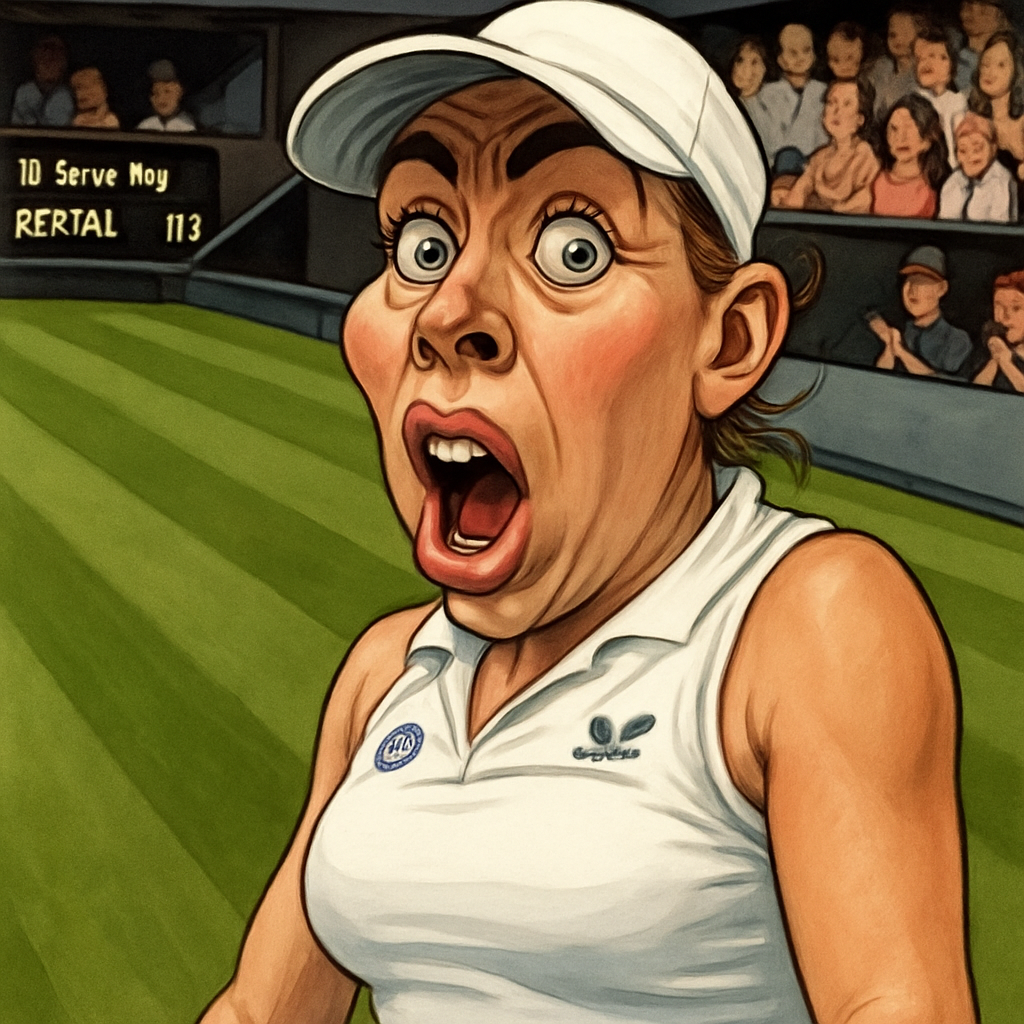LONDON — The hallowed lawns of Wimbledon were rocked by controversy on Monday as British wildcard Sonay Kartal's last-16 match was interrupted when the tournament's much-touted electronic line-calling system failed to call an obvious out ball, sparking outrage from players and fans alike.
The Moment That Stopped Play
During the third set of Kartal's match against 12th seed Jasmine Paolini, a forehand from the Italian appeared to land at least two inches beyond the baseline. The automated system, which replaced human line judges at Wimbledon this year, remained silent as the ball was played. Kartal immediately protested, but the chair umpire allowed play to continue, awarding the point to Paolini.
"I saw it out clearly," Kartal told reporters after the match. "When the system didn't call it, I felt like they'd stolen the game from me. At Wimbledon of all places, you expect perfection."
System Failure Under Scrutiny
The incident marks the first major failure of Wimbledon's Electronic Line Calling (ELC) system since its full implementation this year. Tournament officials confirmed the malfunction occurred in Court 18's system, which uses:
- 12 high-speed cameras positioned around the court
- AI-powered ball tracking at 500 frames per second
- Millimeter-level precision claims
A Wimbledon spokesperson stated: "We're investigating an isolated technical issue with one court's ELC system. Player fairness remains our top priority, and we've implemented additional manual checks on all systems."
Historical Context
This isn't the first technology controversy at the All England Club. In 2019, a similar system failure occurred during a junior match, while the 2021 tournament saw multiple Hawk-Eye errors during practice sessions. However, Monday's incident represents the most high-profile failure during competitive play.
Player Reactions
The tennis world reacted strongly to the incident. Former champion John McEnroe, commentating for BBC, called it "an absolute farce that undermines the integrity of the sport." Current players also weighed in:
- Andy Murray: "When the tech fails, there needs to be a better protocol than just playing on"
- Coco Gauff: "This is why I've said we should keep some human element in officiating"
- Novak Djokovic: "The system has been 99.9% accurate, but that 0.1% can change careers"
The Aftermath
Kartal ultimately lost the match 6-4, 3-6, 6-4, though she later acknowledged the disputed call wasn't the sole deciding factor. The All England Club has promised a full review, with early reports suggesting a camera calibration issue may have been to blame.
Sports technology analyst Mark James noted: "This exposes the danger of over-reliance on automation. Even the best systems need human oversight, especially in high-stakes situations."
Looking Forward
The incident has reignited debate about technology's role in tennis. While most tournaments now use electronic line calling, Wimbledon was the last Grand Slam to fully adopt it. Some key considerations moving forward:
- Should tournaments maintain backup human line judges?
- What's the protocol when technology fails mid-point?
- How can players better challenge system errors?
As Kartal put it: "This isn't about one point or one match. It's about ensuring the sport we love remains fair at every level. When millions are watching Wimbledon, they deserve to know the calls are right."
The All England Club has confirmed the system will remain in use for the remainder of the tournament, with additional technicians assigned to monitor each court. For Kartal and other players, the hope is that this high-profile failure leads to meaningful improvements in how tennis balances technology and tradition.

